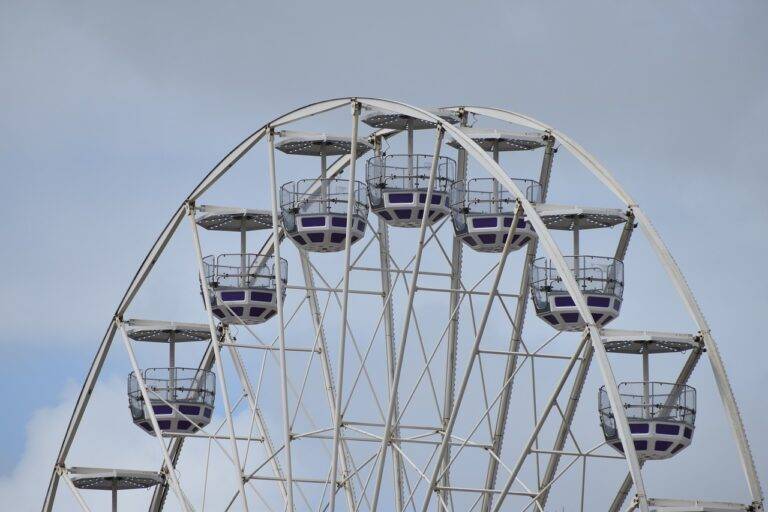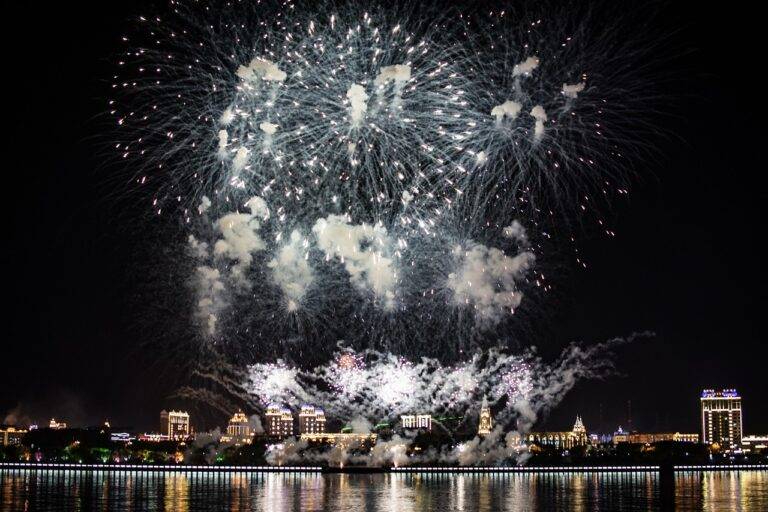The Future of Interactive Theater: Blending Technology and Performance Art
Interactive theater has become increasingly popular in recent years as audiences seek more immersive and engaging experiences. One key trend in this realm is the use of technology to enhance viewer participation. From virtual reality headsets to interactive mobile apps, tech integration allows for a more dynamic and personalized theater experience.
Moreover, another trend shaping interactive theater is the emphasis on audience agency. Productions are now designed to give viewers a sense of control and autonomy, allowing them to make choices that influence the outcome of the performance. This shift towards participatory storytelling not only enhances engagement but also fosters a deeper connection between the audience and the narrative.
Emerging Technologies Shaping the Future of Performance Art
Advancements in technology are revolutionizing the landscape of performance art, offering new possibilities for creativity and audience engagement. Virtual and augmented reality have emerged as powerful tools, allowing artists to create immersive experiences that blur the lines between reality and fiction. By integrating these technologies into their performances, artists can transport audiences to fantastical worlds and challenge traditional notions of storytelling.
Furthermore, interactive platforms and artificial intelligence are reshaping the way performances are experienced. Through interactive theater experiences, audience members are given agency to influence the narrative and outcomes, creating a truly personalized and engaging performance. Additionally, the use of AI in performance art opens up new avenues for experimentation, enabling artists to explore the boundaries of human-machine collaboration in creative expression.
What are some key trends in interactive theater?
Some key trends in interactive theater include audience participation, immersive experiences, and the integration of technology.
How are emerging technologies shaping the future of performance art?
Emerging technologies such as virtual reality, augmented reality, and artificial intelligence are revolutionizing the way performances are created and experienced.
Can you give examples of how technology is being used in performance art?
Yes, examples include interactive installations that respond to audience movements, virtual reality experiences that transport viewers to different worlds, and AI-powered performances that adapt to individual audience members.
How can artists incorporate technology into their performances?
Artists can incorporate technology into their performances by collaborating with technologists, experimenting with new tools and platforms, and exploring ways to engage audiences in innovative ways.
Will traditional forms of performance art be replaced by technology?
While technology is changing the landscape of performance art, traditional forms will likely continue to coexist with new technological innovations, offering a diverse range of artistic experiences for audiences.





